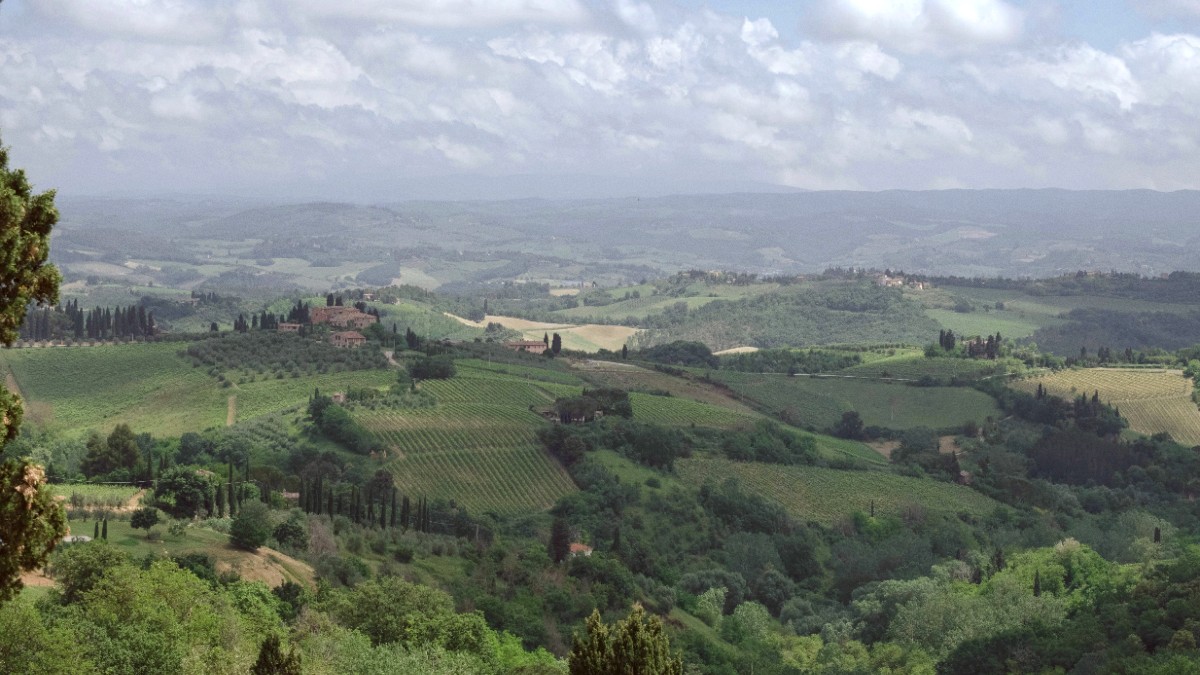
Italy
Buses serve as the main local public transport within and between Umbrian towns, operated by BusItalia Nord. They connect major towns, smaller villages, and provide routes within larger cities, filling gaps in the train network. Trenitalia’s regional trains link major towns like Perugia, Assisi, Spoleto, Orvieto, Terni, and Foligno, offering a quick and comfortable way to travel between these centers.
Perugia’s Minimetrò, an automated light rail system, connects the city outskirts to the historic center. The Orvieto Funicular links the train station area to the hilltop historic center. Both systems provide efficient access to upper city parts without dealing with steep climbs or restricted driving zones.
Buses generally run from early morning (around 6:00 AM) until late evening (9:00-10:00 PM), with reduced service on Sundays and public holidays. Regional trains have varying schedules. Minimetrò and Funicular operate frequently throughout the day.
Many newer buses have ramps for wheelchair access. Perugia Minimetrò and Orvieto Funicular are generally accessible. Historic hill towns, with cobblestones and steep inclines, pose significant challenges for mobility.
Purchase tickets in advance from tabaccherie. Always validate your bus or regional train ticket before boarding. Use Google Maps and Moovit for real-time schedules and directions. Be aware of midday "riposo" breaks.
Requires valid license, IDP (for non-EU), credit card. Book in advance.
Available in larger towns. Helmet mandatory.
Limited shops, especially for e-bikes. Bike sharing not widespread.
Petrol "benzina," Diesel "gasolio." Self-service pumps common.
Drive on the right side. Seatbelts are mandatory for all occupants. Using a mobile phone while driving is illegal without a hands-free system. Speed limits are 130 km/h (80 mph) on autostrade, 90-110 km/h (55-68 mph) on main roads, and 50 km/h (31 mph) in urban areas. Headlights must be on at all times outside urban areas.
Hop-on-hop-off services are not common. Organized day or multi-day tours are available from Rome or Florence.
Limited to Lake Trasimeno. Ferry services connect towns and islands. Offers a delightful way to explore the lake.
Perugia Minimetrò and Orvieto Funicular. Assisi has stairlifts and escalators to help navigate steep slopes.
Accessibility remains a challenge in many historic hill towns due to cobblestones, steep inclines, and ancient architecture that predates modern accessibility standards.
Newer public transport systems, like the Minimetrò and some modern buses, are more accessible. Research specific hotel accessibility before booking.